We adore these rugged, thorny and self-sustaining plants.
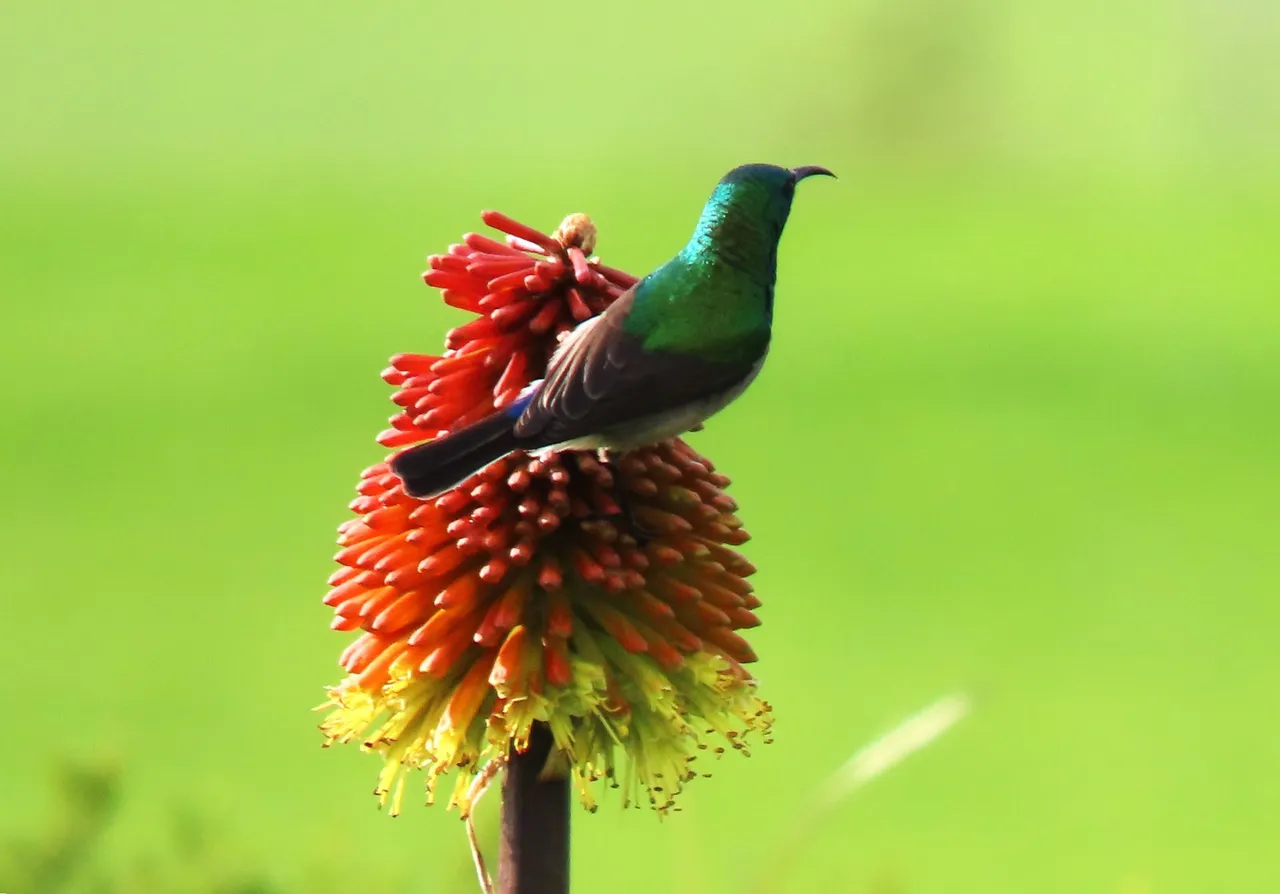
Oh, and the birds also love to feed on the nectar of the flowers.
An abundance of aloe plant species grow here in the country, and one can find them in open fields, gardens, and even in the mountains. That is one of the reasons why we also have many species of sunbirds here, as they suck the nectar out of the flower petals. But not only the sunbirds, as I have seen other birds also sucking on the flowers. Bees and other insects are also fond of certain types of aloe flowers and even though I am allergic to bee stings, I still take photos of them. It is not their fault.
So come and see what I have to share.
Just a lovely shot with the mountains in the background.
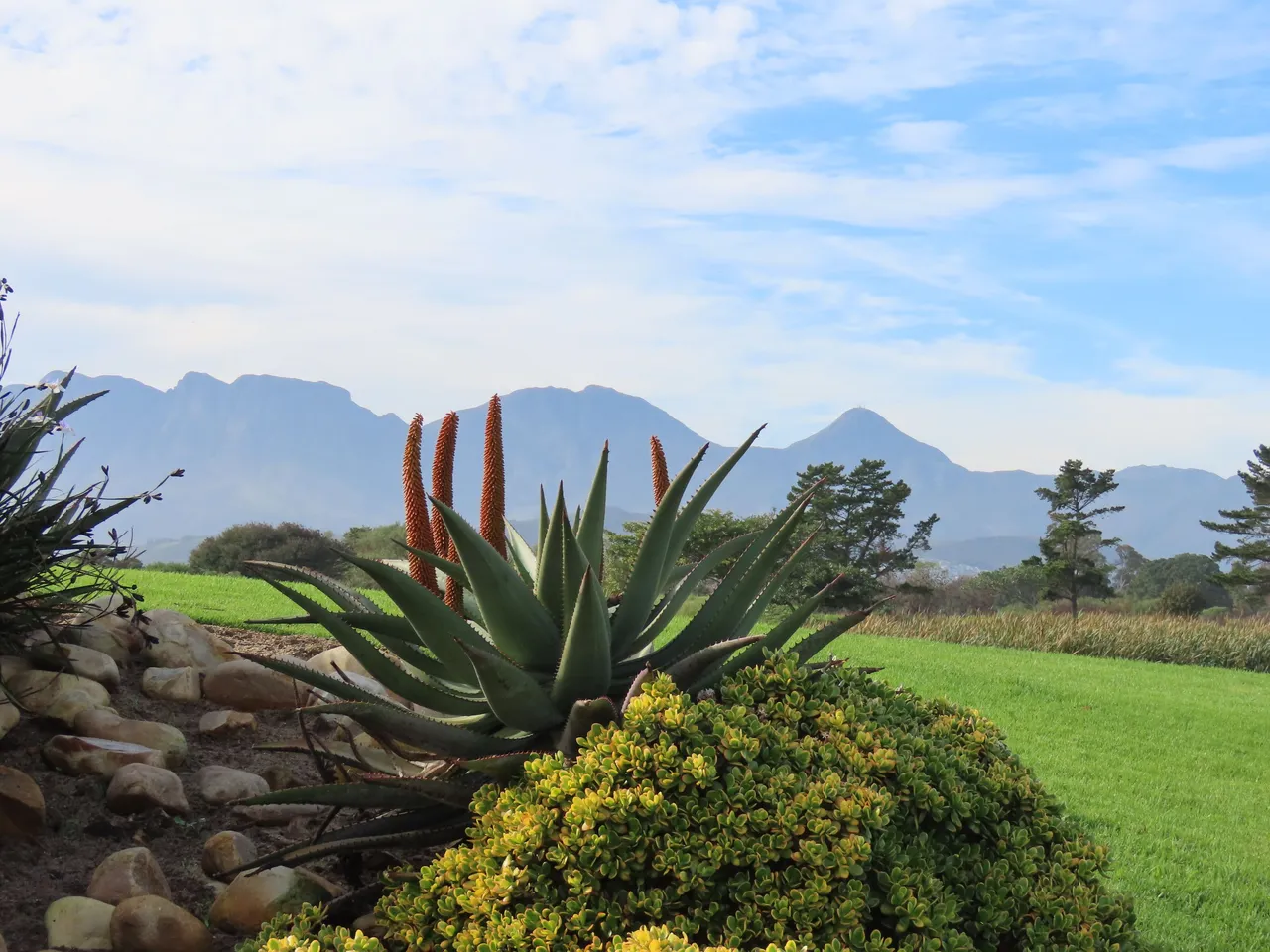
I think this kind is called an Aloe Vera, or maybe Aloe ferox. And behind it, at the left, you can see a Red-Hot Poker flower.
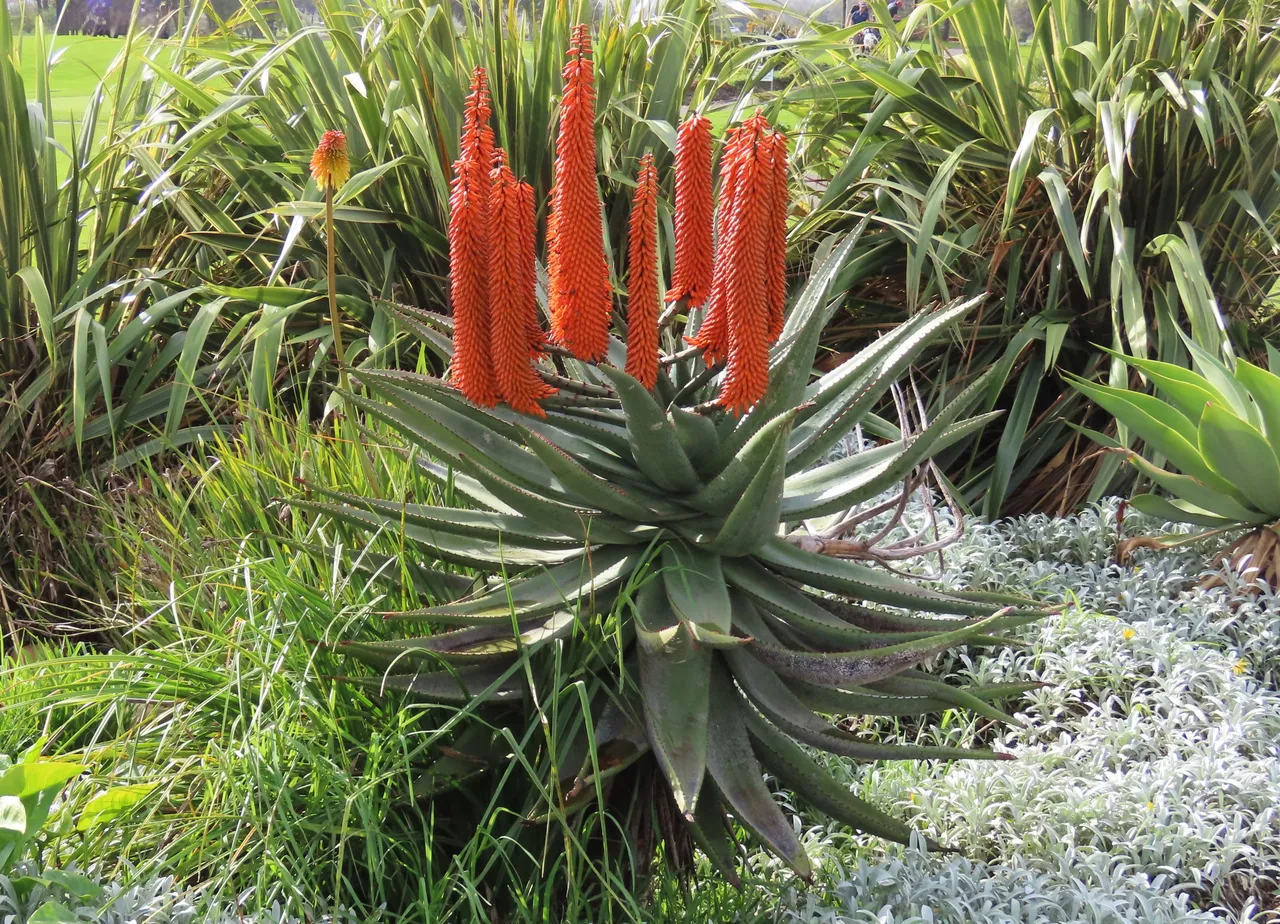
A closer look at the Aloe ferox plant.
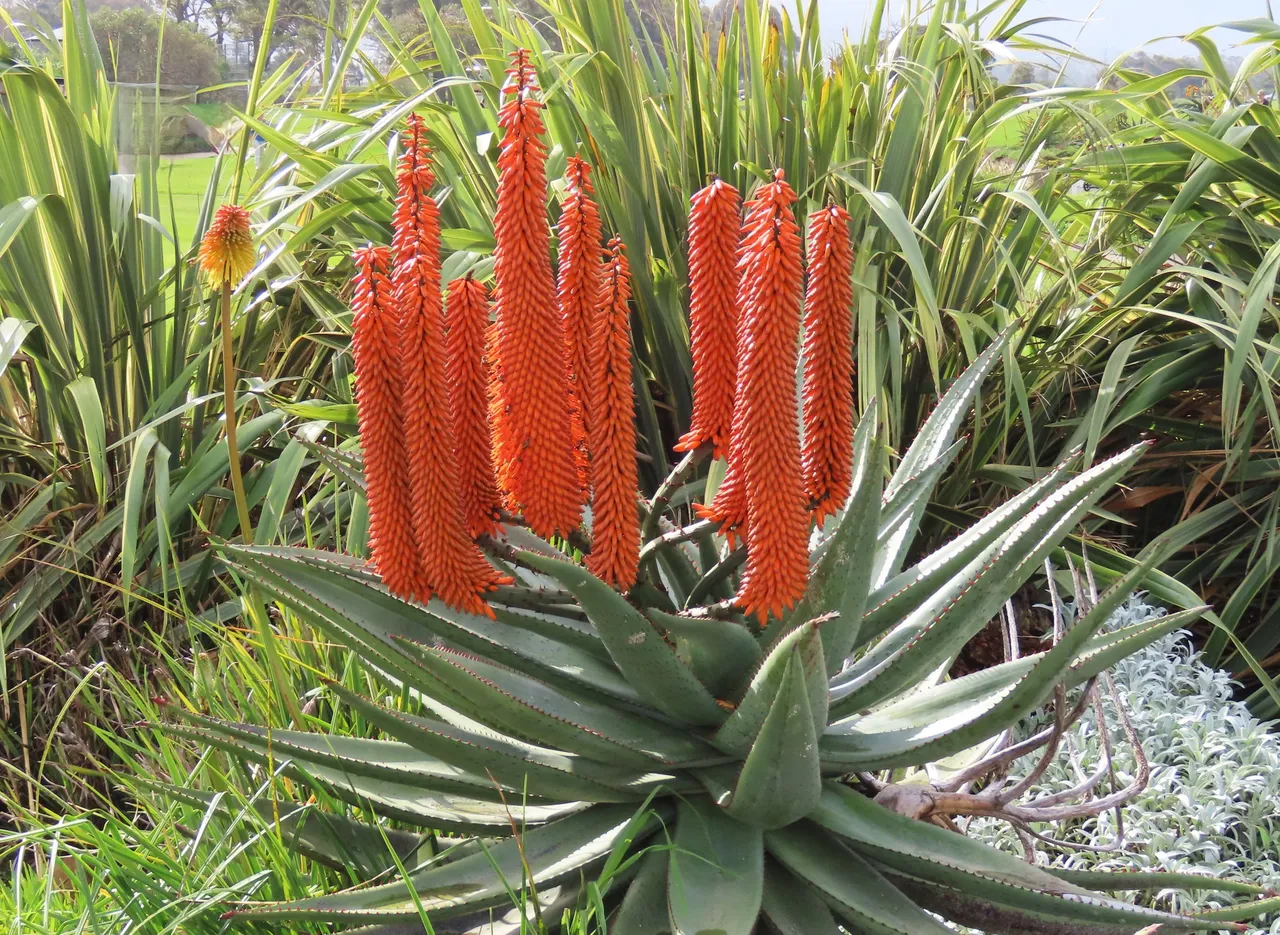
And still a closer look, as I wanted to show you the bees.
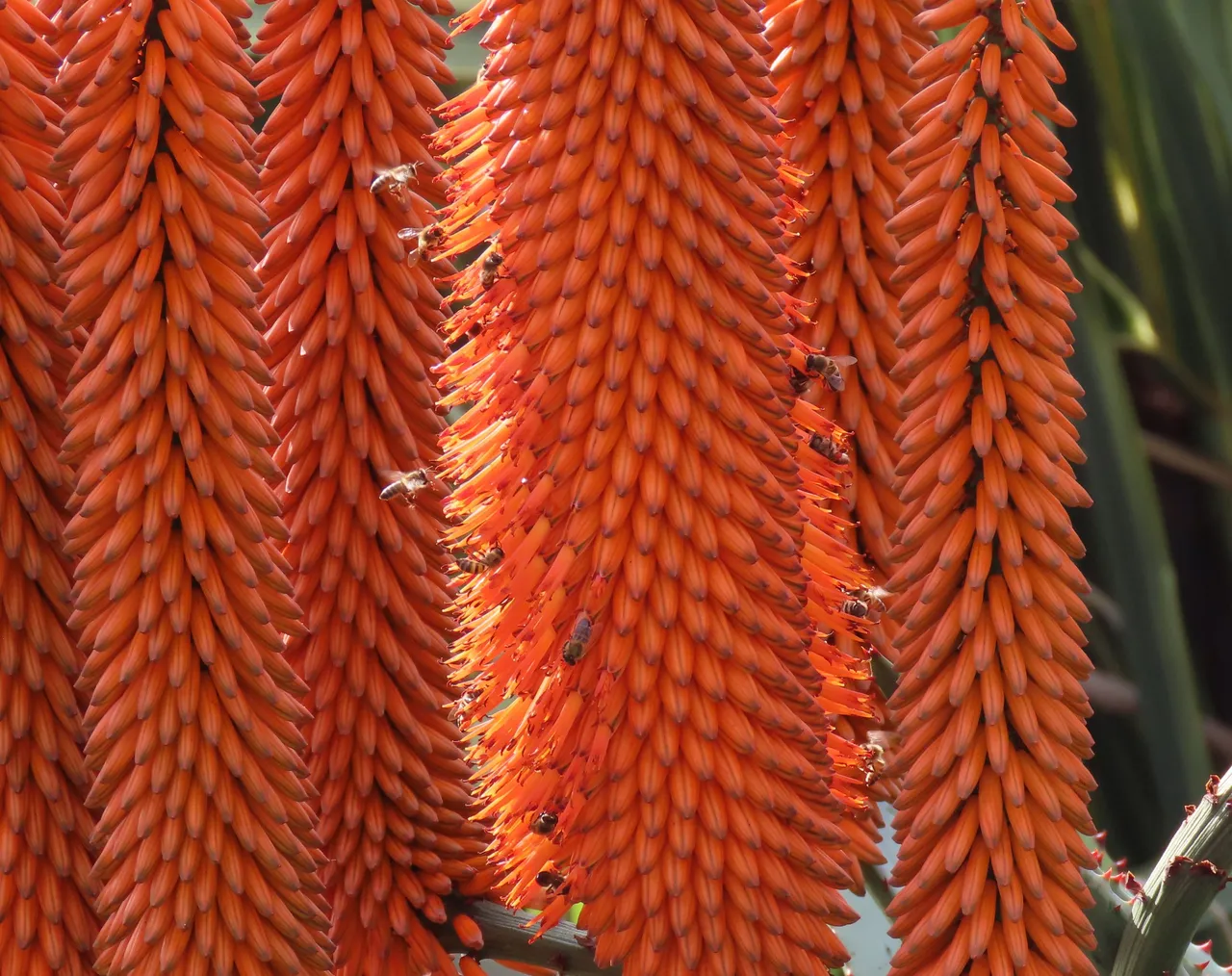
I think this one is called a Krantz Aloe.
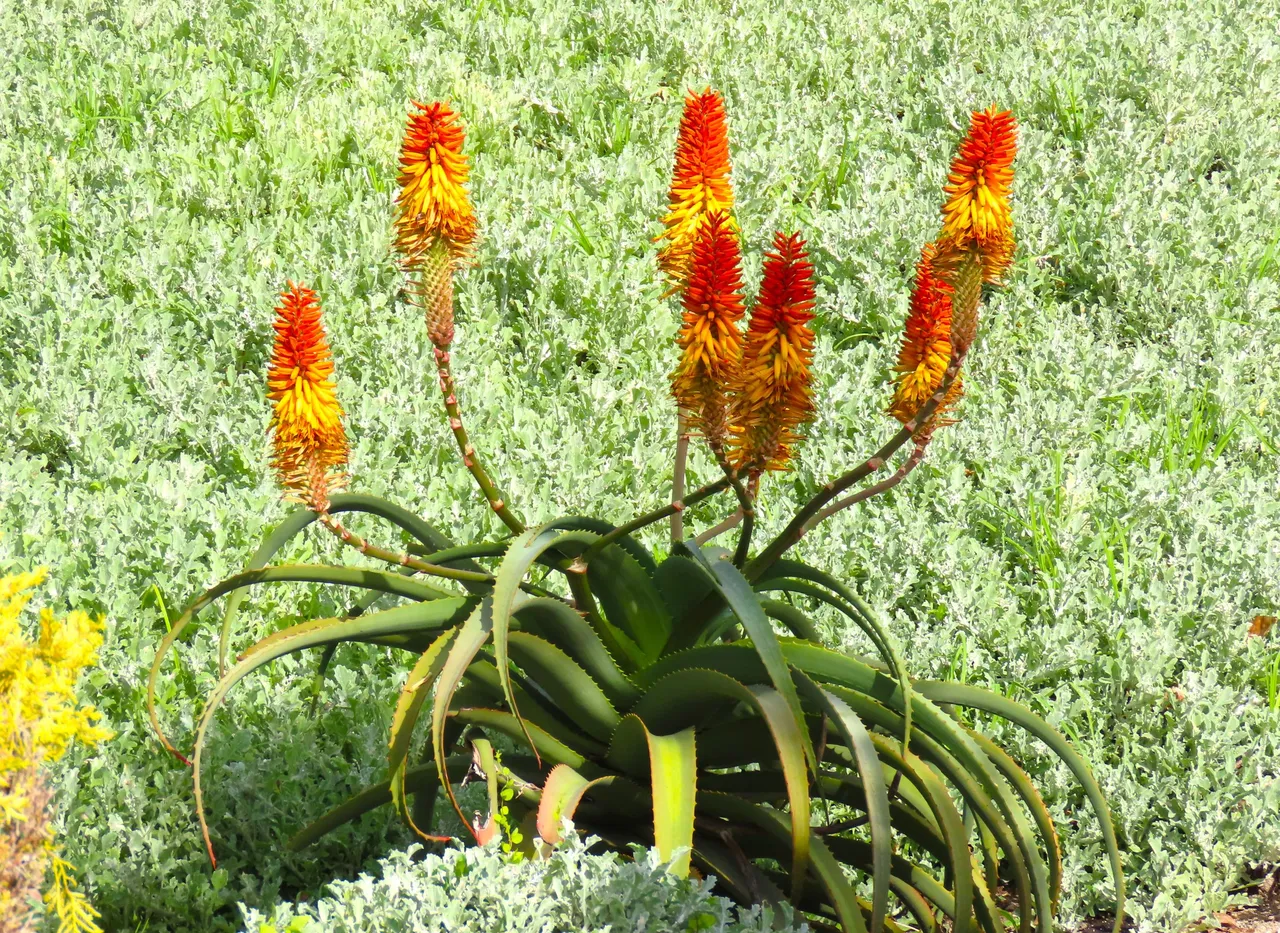
The little Southern Double-collared sunbird also favors the aloe flowers.

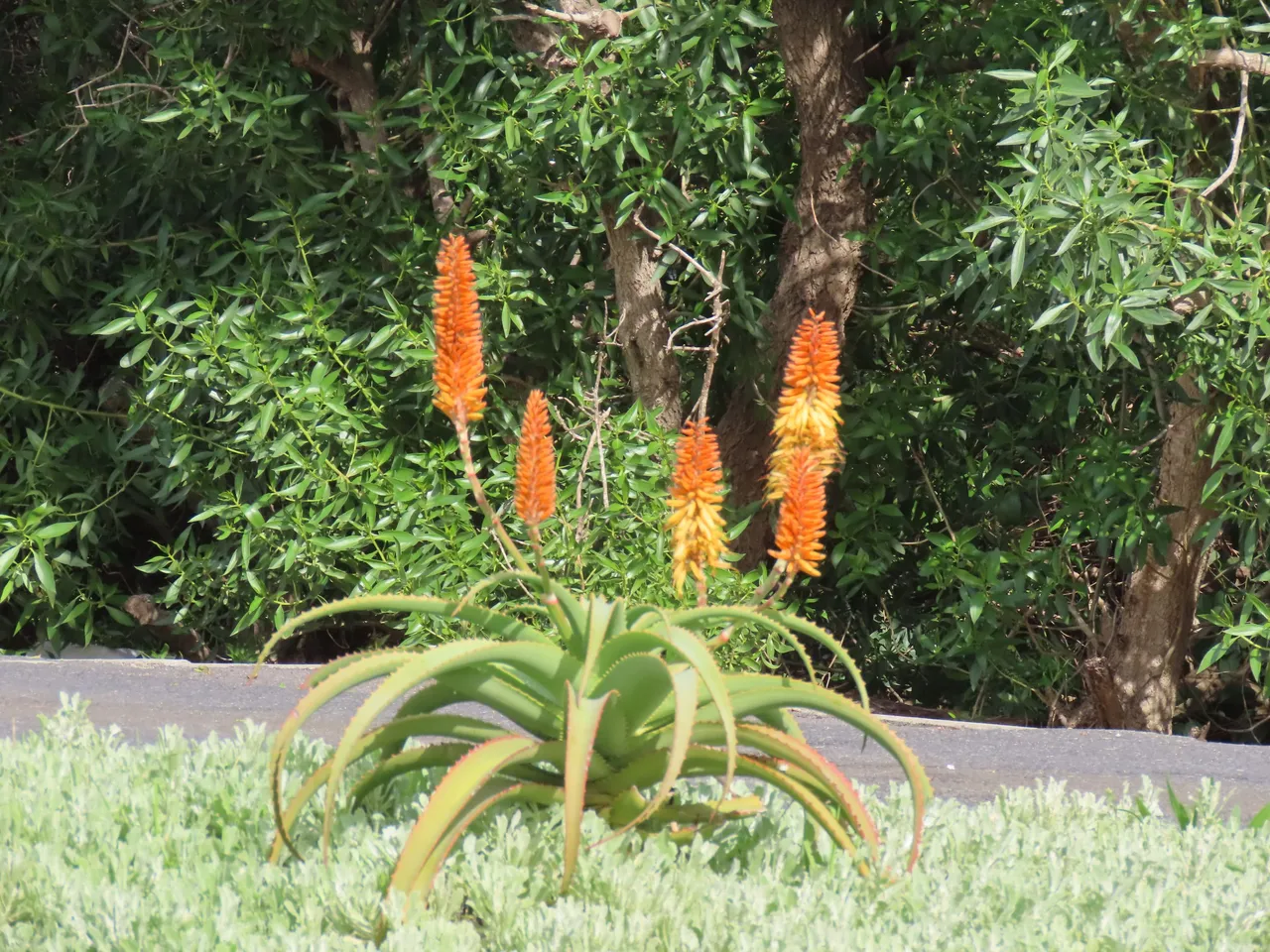
Maybe this is called an Aloe africana.

The bees also like this one as you can see.
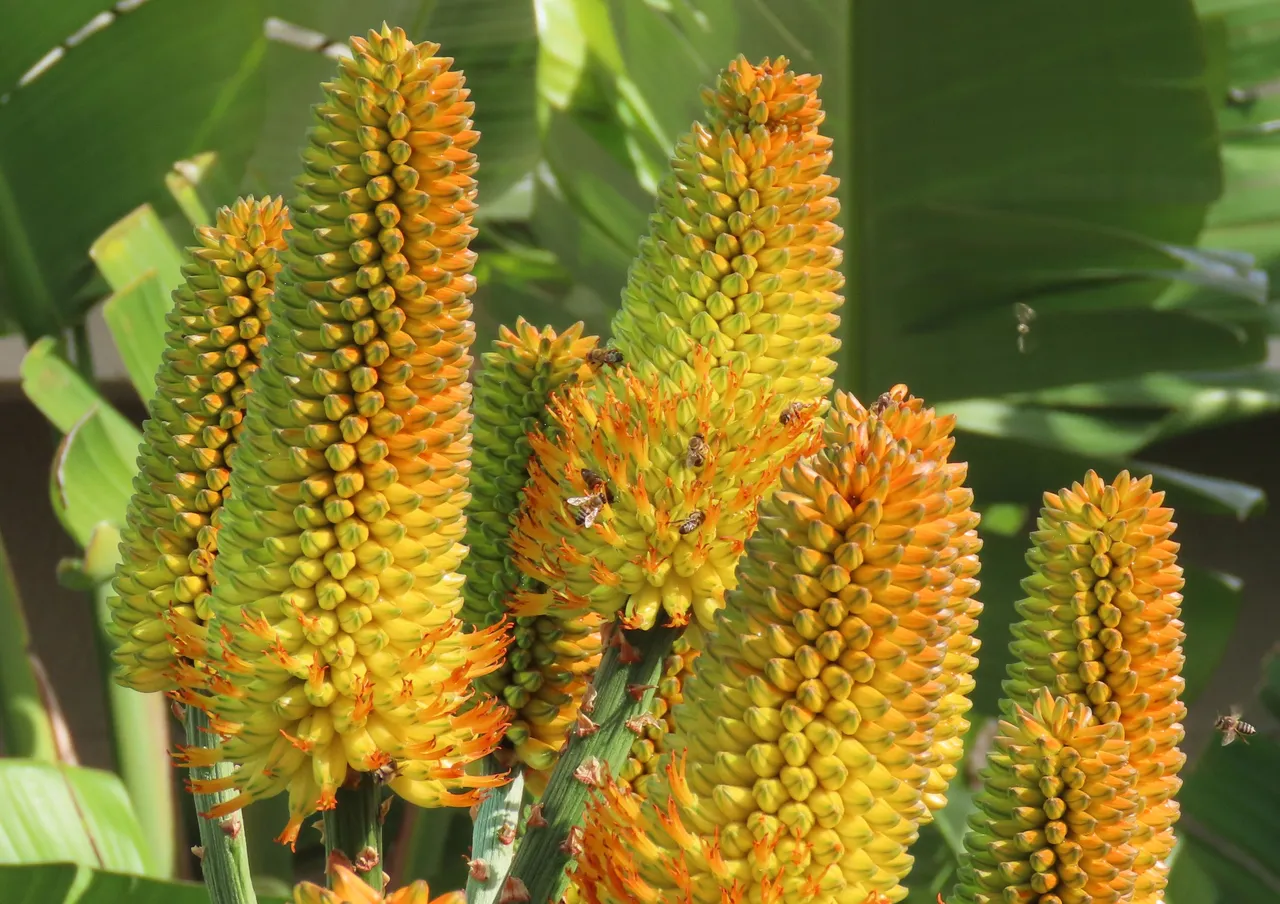
And Mister Skink is the garden manager:))
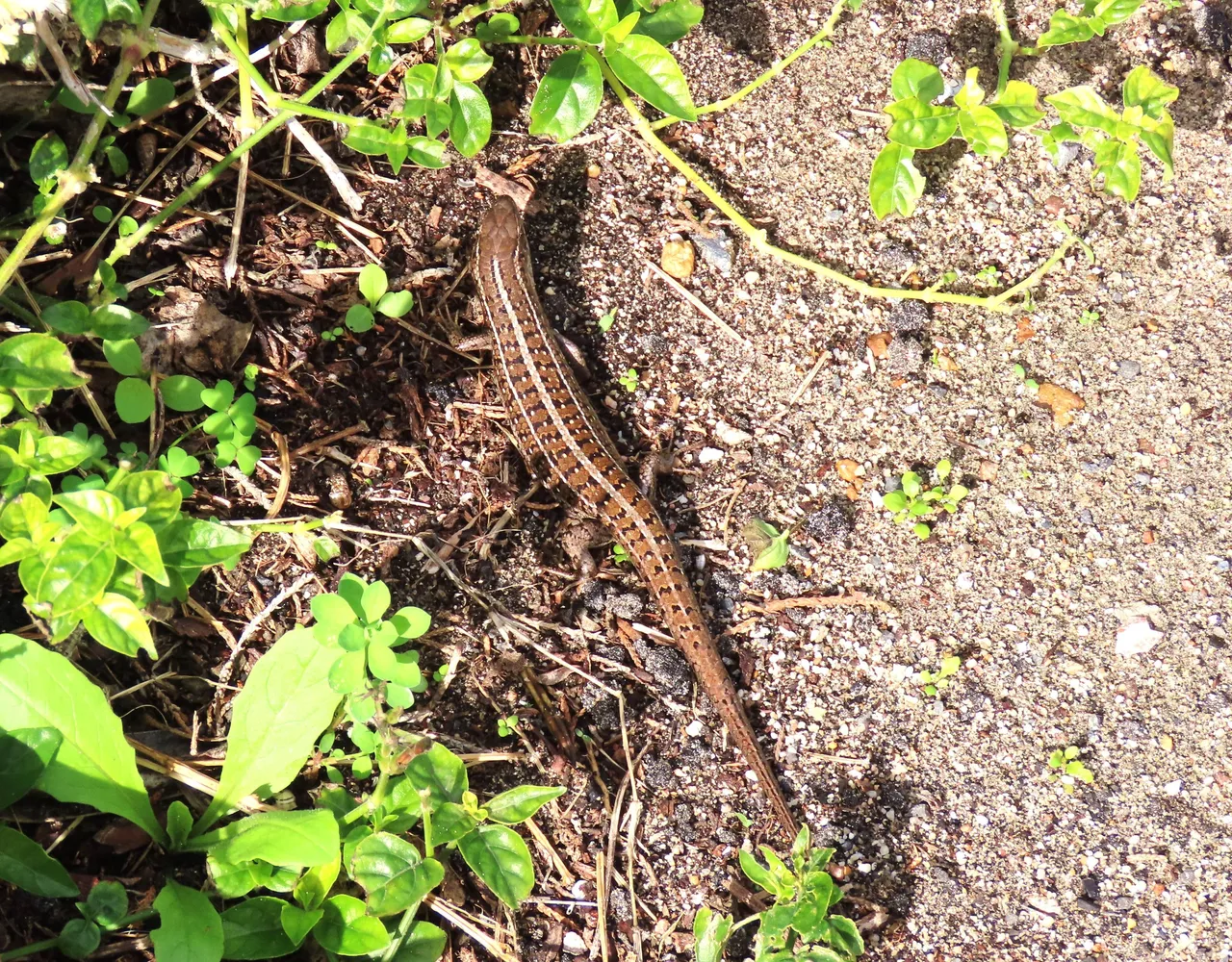
Aloes are some of the most characteristic succulents of the southern African landscape. In winter, when most species are in full bloom, they can transform a mountainside, hillock or plain into a riot of colour. The Aloe family, which contains about 700 species, is an Old-World group with a distribution range that stretches from the Cape Peninsula to the Horn of Africa, and into the Arabian Peninsula, Madagascar and the Mascarene Islands off the east coast of Africa are also home to a significant number of aloe species.
*The family is divided into two groups: the true aloes and their close relatives are included in the larger subfamily Alooideae, while the other subfamily, the Asphodeloidae, includes the well-known Red-Hot Pokers (Kniphofia species), bulbines and their relatives. *
[Source] Field Guide to Succulents in Southern Africa. ISBN 978-1-77584-367-2
I hope you have enjoyed the pictures and the story.
Photos by Zac Smith-All Rights Reserved.
Camera: Canon PowershotSX70HS Bridge camera.
Thank you kindly for supporting this post.